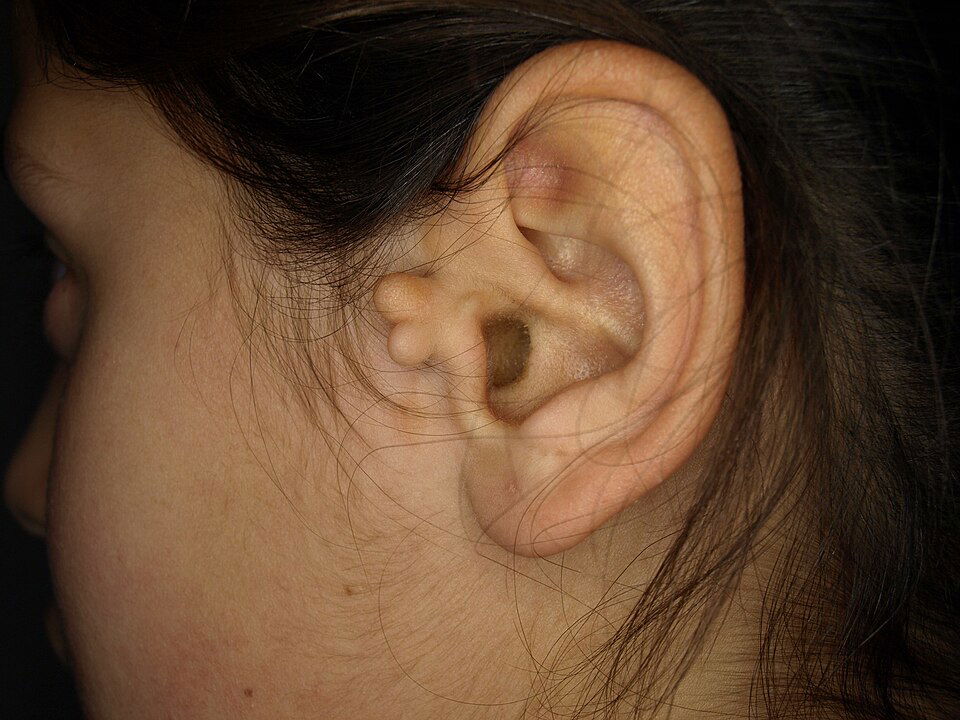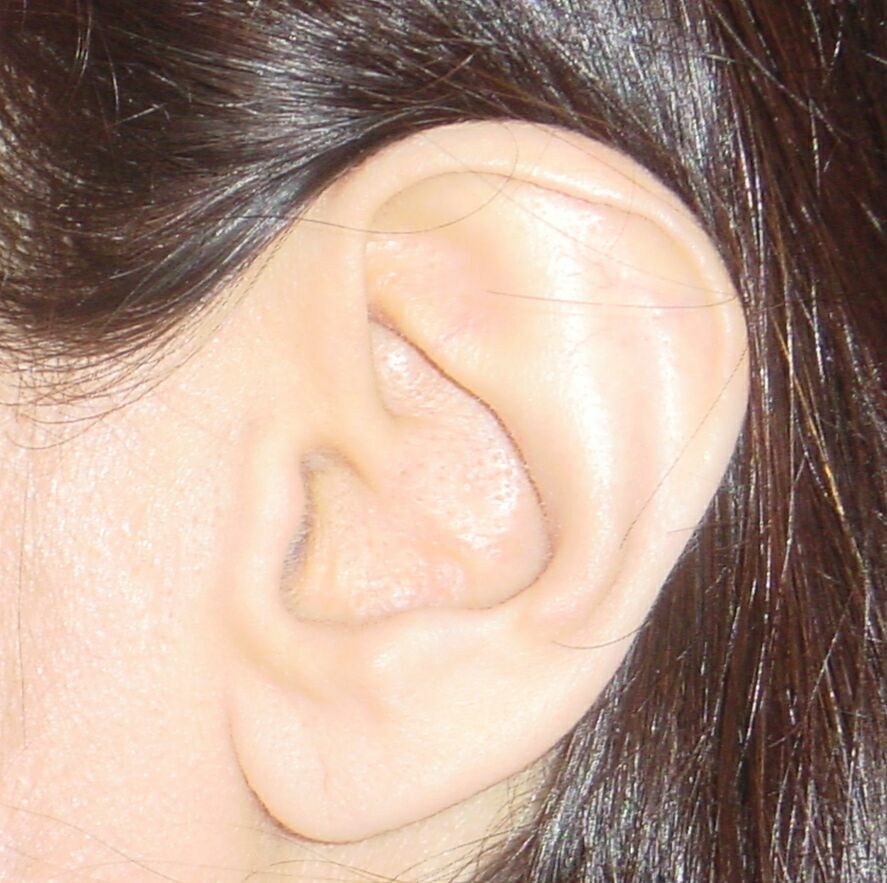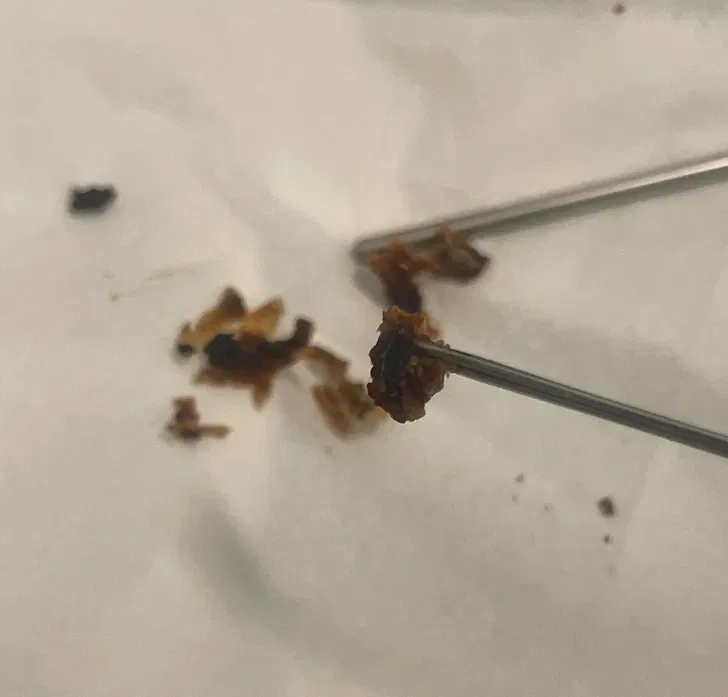Ear health is more important than most people realize. The condition of your ears can reveal a lot about your overall well-being. Paying attention to ear health signs can help detect underlying health issues early and prevent serious complications. Many people ignore small ear symptoms, thinking they are harmless, but even minor discomfort can be a signal from your body that something is wrong.
Over 5 percent of the world’s population lives with disabling hearing loss that requires rehabilitation. Still, not every ear health problem is that severe. Sometimes, the smallest signals from your ears can tell you that your body needs attention. The truth is that your ears are like messengers, sending subtle signs about your internal health. Ignoring them can lead to bigger problems later on.
This article explores six important ear health signs that may reveal what is happening in your body.
1. Ear Ringing

One of the most common ear health issues is ear ringing, also known as tinnitus. This condition often feels like a buzzing, clicking, or whistling sound that doesn’t seem to stop. Many people experience it temporarily after being in a loud place, but if the ringing continues for a long time, it could be a sign that something else is going on.
Tinnitus can occur for several reasons. The most common are earwax buildup, exposure to loud noises, or tension near the area where your skull meets your jaw. However, ear ringing can also appear due to menopause, Meniere’s disease, cardiovascular disease, or high blood pressure.
If the sound in your ears becomes more intense, if you start feeling dizzy, lose balance, or feel pressure inside your ears, it’s time to visit a doctor. Persistent ear ringing is your body’s way of warning you that your ear health needs professional care.
2. Itchy Ears

Itchy ears might seem like a small problem, but this is another ear health sign that something is off. Itchiness can appear when there is a fungal infection or eczema inside the ear canal. These conditions make the ears inflamed and lead to dry, flaky skin. Some people also notice a smelly, cheese-like discharge coming from the ears.
In severe cases, scratching can make the problem worse, causing pain or small wounds. Instead of trying to relieve the itch yourself, it’s best to let a doctor examine your ears. They can prescribe the right medication and stop the infection from spreading.
Most of the time, itchy ears are easy to treat, but ignoring them can turn a simple irritation into a painful infection. Taking early action is the best way to protect your ear health and avoid future discomfort.
3. Skin Tags

Finding skin tags near your ears might not seem unusual, but they can sometimes signal an internal issue. Skin tags can appear in many areas of the body, yet when they are located around the ears, they may be connected to kidney function. This is especially true for newborns, as their ears and kidneys develop at the same time during pregnancy.
If doctors notice these small growths on a baby’s ears, they often perform kidney tests to make sure everything is working properly. However, this does not mean there is always a serious condition. In most cases, these tags are harmless.
Still, if a skin tag becomes painful, starts bleeding, or changes in appearance, it should be examined by a healthcare professional. It’s better to be safe and make sure your ear health is not pointing to something deeper.
4. Earlobe Creases

When you notice small lines or folds on your earlobes, you might be seeing what doctors call Frank’s sign. These ear health signs can sometimes be linked to coronary artery disease. Researchers have found that earlobe creases may appear more often in people who already have heart problems or are at higher risk of developing them.
It’s important to note that not everyone with these creases has a heart condition. However, if you also experience chest pain, shortness of breath, or dizziness, it’s best to contact a doctor immediately. Early detection can prevent more serious problems, including a possible heart attack.
Our bodies often communicate through physical signs, and earlobe creases might be one of those subtle messages. Taking them seriously is a simple way to safeguard both your heart and your ear health.
5. Low-Set Ears

Low-set ears are a condition that appears early in life, usually in toddlers and children. It is not something that develops over time but rather a physical feature linked to genetic conditions. The two most common are Down syndrome and Turner syndrome.
Children with Down syndrome often show developmental differences, and low-set ears can be one of the visible traits. In Turner syndrome, the shape and position of the ears are affected, along with the formation of the head and neck. This condition can also influence growth and puberty.
Other rare syndromes, such as Shprintzen-Goldberg and Jacobsen, may also lead to low-set ears. While these signs appear early, they play an important role in diagnosing certain medical conditions. Identifying them helps doctors offer the right support for children’s development and overall health.
Even though this isn’t a direct ear health problem like infections or ringing, it still connects the ears to broader aspects of a person’s wellbeing.
6. Sticky Earwax

The last and perhaps most surprising ear health sign involves earwax. Earwax is a natural substance that protects the ears by trapping bacteria and dust. Normally, it dries up and falls out on its own, keeping the ears clean.
However, when earwax has a wet and sticky texture, it can sometimes indicate a deeper issue. Research has found that women with wet earwax might have a higher chance of developing breast cancer compared to those with dry earwax.
This does not mean that sticky earwax automatically signals illness, but it is an interesting connection between ear health and other parts of the body. It also shows how the body’s systems are linked in surprising ways.
The consistency of earwax also varies by genetic background. People of African and European descent tend to have wet earwax, while dry earwax is more common among Asian populations. Regardless of type, if your earwax suddenly changes texture or causes discomfort, it’s wise to get it checked.
Understanding what your earwax says about your body can help you stay aware of your overall health.
The Importance of Listening to Your Ear Health
Ear infections and ear-related issues are common, but ignoring persistent symptoms can lead to long-term damage. Visiting a doctor might seem unnecessary for small problems, yet when something continues or gets worse, professional advice is the best step.
Your ears are more than just a sense organ for hearing. They are part of a complex system connected to your balance, nerves, and even internal organs. When you experience changes in your ears, it’s often your body’s way of sending an alert.
Many people overlook these ear health signs because they think they are too minor. However, what seems like a small itch, ringing, or crease could actually be a clue to something more significant. Regular ear checkups and attention to detail can make a big difference in maintaining good health.
If any symptom persists, do not try to diagnose yourself. Always consult a medical professional. It’s far better to have peace of mind knowing that your ear health is being properly cared for.
Our ears play a vital role in keeping us connected to the world around us, but they also act as silent communicators of our body’s internal state. By paying attention to ear health signs like ringing, itchiness, or unusual earwax, we can learn valuable information about our overall well-being.
The body has many ways of speaking to us, and the ears are one of its most fascinating channels. Listening to these signals, both literally and figuratively, can help prevent health issues before they become serious.
Taking care of your ear health means taking care of your entire body. So next time your ears feel different, take a moment to notice and understand what they might be trying to tell you.
